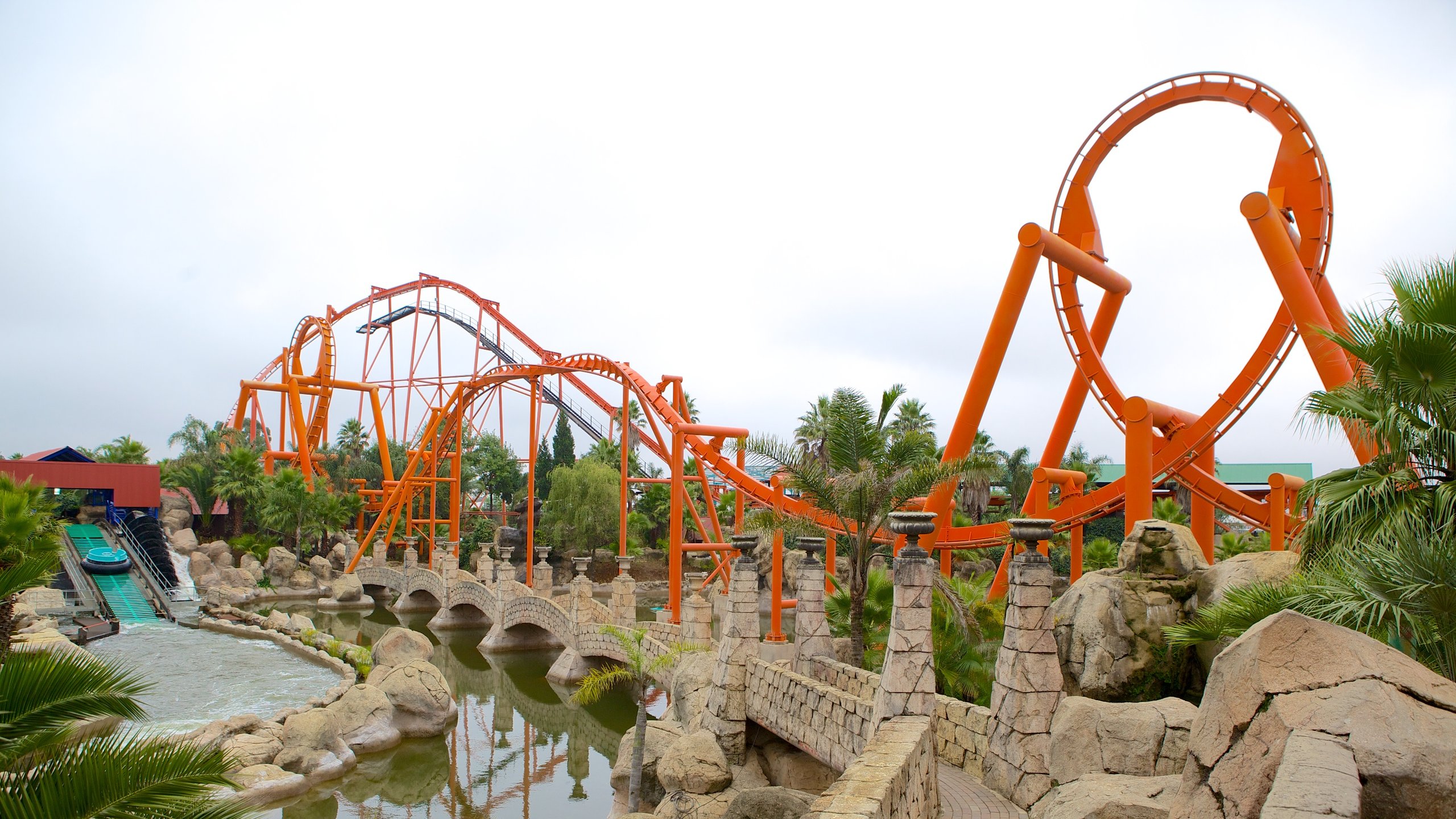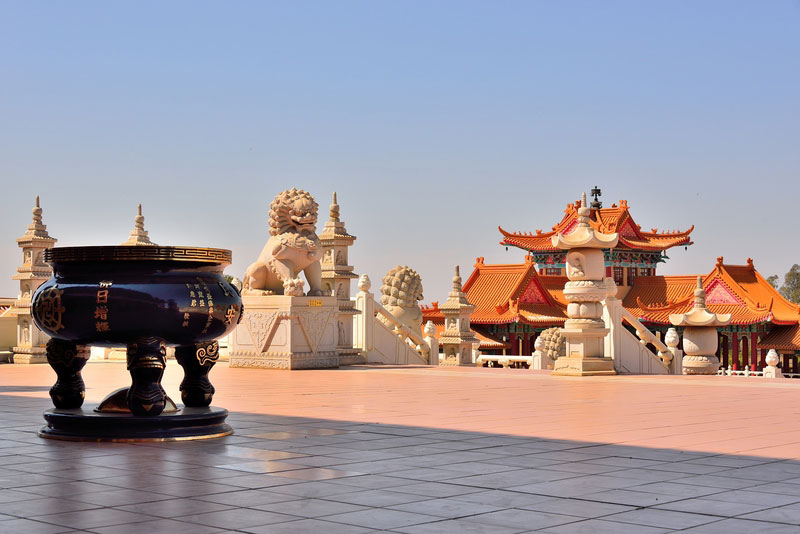The Greatest Guide To Johannesburg North Attractions
Table of ContentsJohannesburg North Attractions - An OverviewSome Known Incorrect Statements About Johannesburg North Attractions The 5-Second Trick For Johannesburg North AttractionsOur Johannesburg North Attractions DiariesHow Johannesburg North Attractions can Save You Time, Stress, and Money.Some Of Johannesburg North Attractions
The city owes its place to the presence of a a lot more valuable resource: gold. The city grew on the edge of the Witwatersrand Main Reef, a subterranean stratum of gold-bearing quartz-silica empire that arcs for hundreds of miles beneath the Highveld. A lot of the gold mines in the city ceased operation in the 1970s, but in its day the Witwatersrand gold industry accounted for greater than 40 percent of the globe's yearly gold manufacturing.Johannesburg has a pleasant climate. Summer season temperature levels average concerning 75 F (24 C); wintertime temperatures balance concerning 55 F (13 C) and just sometimes dip below freezing. The city appreciates concerning 8 hours of sunshine each day in both wintertime and summertime. Rainfall standards regarding 28 inches (700 millimetres) per annum, yet the total differs significantly from year to year.
What rain the city receives drops almost solely in the summer season months, commonly in stunning late-afternoon electrical storms., where lots of residents still count on coal for fuel.

Johannesburg North Attractions Can Be Fun For Everyone
The balance of the city is inhabited by whites. Holiday accommodation varies in character and high quality. Soweto is infamous for its limitless rows of municipally developed, two-room matchbox homes, yet it also has a few flourishing territories along with bursting squatter camps, where 10s of thousands live without water, electricity, or hygiene centers.
Physical growth, although rather limited by transportation, proceeded rapidly as migration to South Africa, and Johannesburg particularly, boosted considerably. This issue was resolved in the 1930s when the auto was introduced in mass production to South Africa. Automobiles were, generally, constrained to the affluent, and allowed them to relocate to the north of the city and commute right into the centre.
The majority of poor suburbs were blended, with bad blacks and whites cohabiting, although the rich suburban areas were usually scheduled for whites. This altered with the election of the National Party in the 1948 elections, that started to formalise the system recognized as discrimination. my site Discrimination formally designated which suburban areas each race might reside in under the Group Locations Act.
The previous system of eleven numbered areas was reorganised in 2006. Marshalltown, as seen from the top of the Carlton Centre. The M1 and M2 run behind the structures, and the southern suburbs extend past the freeway limit. The central city of Johannesburg is situated within the city's Region F. The number of people living in the inner city on a casual basis is unknown, as numerous are prohibited immigrants. The unemployment, education, and age profiles of the location are all unidentified, due to the difficulty of getting reliable details about the location.
Everything about Johannesburg North Attractions
Yeoville and Bellevue have a mix of apartment buildings and single residential systems on tiny whole lots. The area is situated on a hilly divide useful site that runs from east to west.

More About Johannesburg North Attractions
R. Tambo International Flight Terminal). The eastern residential areas are several of the oldest areas of Johannesburg, there are big areas of Jewish and various other European histories, most of the population is English speaking. There are 3 fairway along with a variety of protected ridges with viewsites. There are several well-developed and up-market entertainment and shopping areas in the east such as the Eastgate Mall and the Greenstone buying centre.
Originally developed to house male migrant workers, several have actually been enhanced as homes for couples and families. The residential area was not historically allowed to produce employment centres within the area, so nearly all of its citizens are commuters to various other parts of the city.
The Basic Principles Of Johannesburg North Attractions
The domestic locations in the north suburbs are generally official, with no significant locations of informal housing, or housing that lacks an irreversible structure. This is a well established location, there is a fad of land usage adjustment from property to business, especially along major arterial roads and around well established nodes.
The location is well connected to roadway networks, site link specifically along the north-south axis developed by the M1 and N1. Roadways to the east and west are less well created, as there are no highways travelling in that direction. Towards the northern border of the city, the density of development lowers, leaving huge locations of untaught land around Midrand.
Johannesburg North Attractions - An Overview
, which is located on a hill forgeting the internal city and Hillbrow.